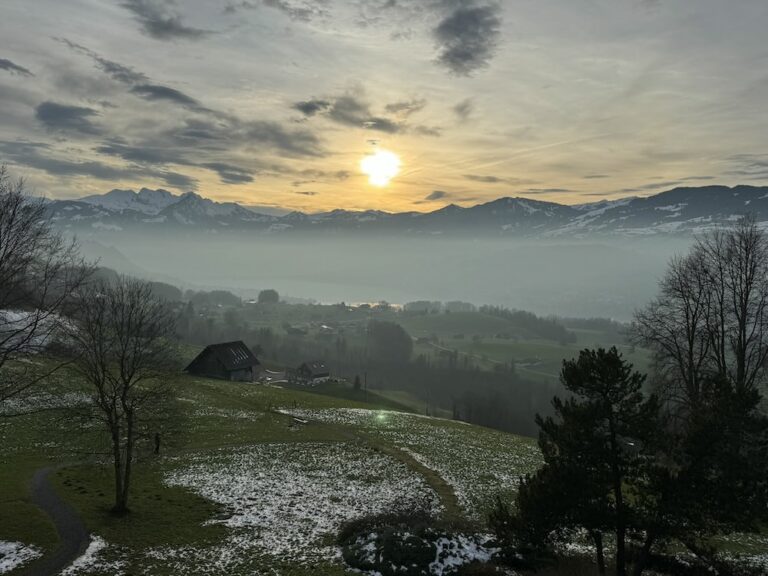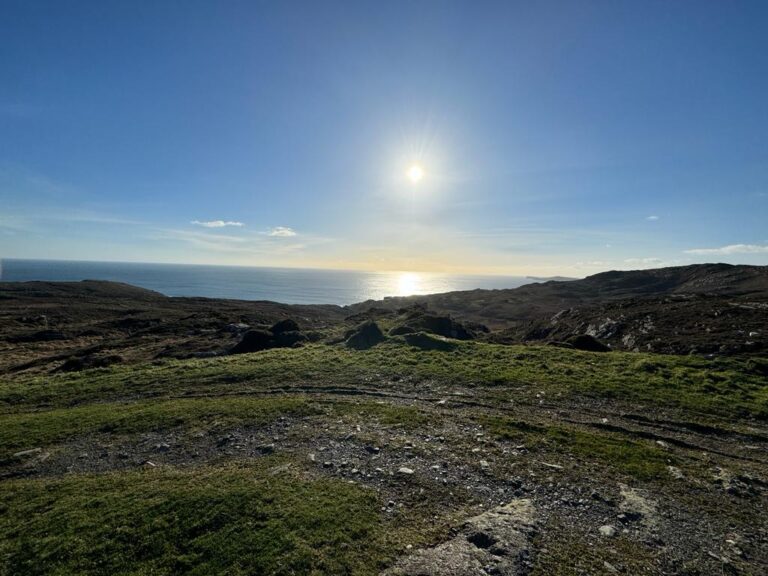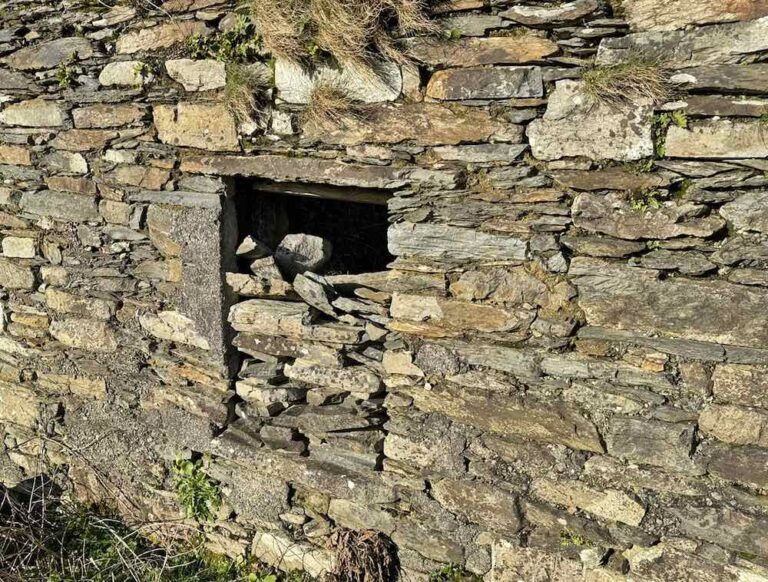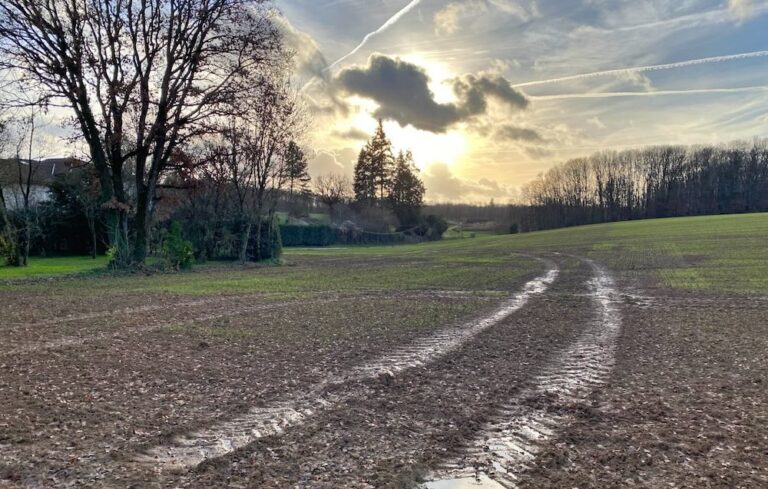Quarta-feira de Cinzas
Hoje iniciamos outra caminhada de quarenta dias através do deserto até ao rio da morte que dá vida, que tanto nos separa como nos une à terra prometida. Mas não vamos nos tornar muito espirituais. Aqueles que têm as cinzas escritas na testa lembrando-os de sua mortalidade também ouvem o convite libertador para ‘mudar de ideia e ter fé na sua bondade e na beleza do seu ser’.
Como poderíamos entender isso a menos que nossa espiritualidade estivesse imersa no mundo material, permitindo que o material, quando apropriado, dominasse? Adorei o poema que li recentemente chamado ‘Quarta-feira de Cinzas’, do poeta catalão Joan Maragall. É dirigido a uma mulher cuja beleza juvenil o encantou:
“morte e cinzas, você sabe, não têm nada a ver com você.
Não deixe esse sinal manchar
Sua testa rosada e fresca
Você não precisa estar familiarizada com a frase sombria
Que o padre dirá
Quando ele vier em seu caminho”
Sua beleza, ele diz, “foi dada a você, tenro botão sanguíneo, para outras paletas que não são cinzas ou poeira”.
Nosso tema do WCCM deste ano é a beleza e a bondade de todos os mundos. Poderíamos dedicar a experiência de deserto deste ano para abrir mão de alguns excessos e aumentar o que é deficiente em nossa vida, para nos ajudar a ver mais beleza e bondade em nossa vida diária? (A meditação acerta nisto). Então poderemos ver, como o cientista místico Teillhard de Chardin, que
Brilhos carmesim da Matéria, deslizando imperceptivelmente no ouro do Espírito, para finalmente se transformar na incandescência de um Universo que é Pessoa.
Teillhard sentiu-se em casa no mundo dos “elétrons, núcleos, ondas e nas vastas realidades cósmicas de massa, radiação e curvaturas”.
Se ao menos pudéssemos ver o mundo num piscar de olhos em cada um dos próximos quarenta dias com esta beleza maravilhosa, humana e cósmica, seríamos verdadeiramente úteis.
É por isso que a meditação é útil e transformadora. Se quiser começar a meditar ou recomeçar nesta Quaresma, você não estará sozinho.
Meu livro sobre a Quaresma, “Sensing God” (Sentindo Deus) poderia ser também uma ajuda prática com perguntas e incentivo na prática diária.
Texto original
Ash Wednesday
Today we begin another forty-day trek through the desert to the river of life-giving death which both separates and unites us to the promised land. But, let’s not become too spiritual. Those who have the ashes written on their foreheads reminding them of their mortality also hear the liberating invitation to ‘change your mind and have faith in your goodness and the beauty of your being’.
How could we understand this unless our spirituality was immersed in the material world, allowing the material, when appropriate, to dominate? I loved the poem I read recently called ‘Ash Wednesday’ by the Catalan poet Joan Maragall. It is addressed to a woman whose youthful beauty has ravished him.
“death and ashes, you know haven’t the least bit to do with you.
Don’t let this token tarnish
Your forehead rosy and fresh
You needn’t be acquainted with the gloomy phrase
The priest will say
When he turns your way”
Her beauty, he says ‘was given you, tender sanguine bud, for other palettes that are not ash or dust’.
Our WCCM theme this year is the beauty and goodness of all worlds. We could dedicate this year’s desert experience to giving up some excess and increasing what is deficient in our life, to help us see more of this in our daily life? (Meditation gets it right). Then we might see, like the mystic scientist Teillhard de Chardin, that
Crimson gleams of Matter, gliding imperceptibly into the gold of Spirit, ultimately to become transformed into the incandescence of a Universe that is Person.
Teillhard felt at home in the world of ‘electrons, nuclei, waves and the vast cosmic realities of mass, radiation and curvatures’. If only we could see the world for a flash on each of the next forty days with this wondrous beauty, human and cosmic, we would become truly useful.
That is why meditation is useful and transforming. If you want to start meditating or start again this Lent, you will not be alone.
My book on Lent, ‘Sensing God‘, might also be a practical help with questions and encouragement in the daily practice.






